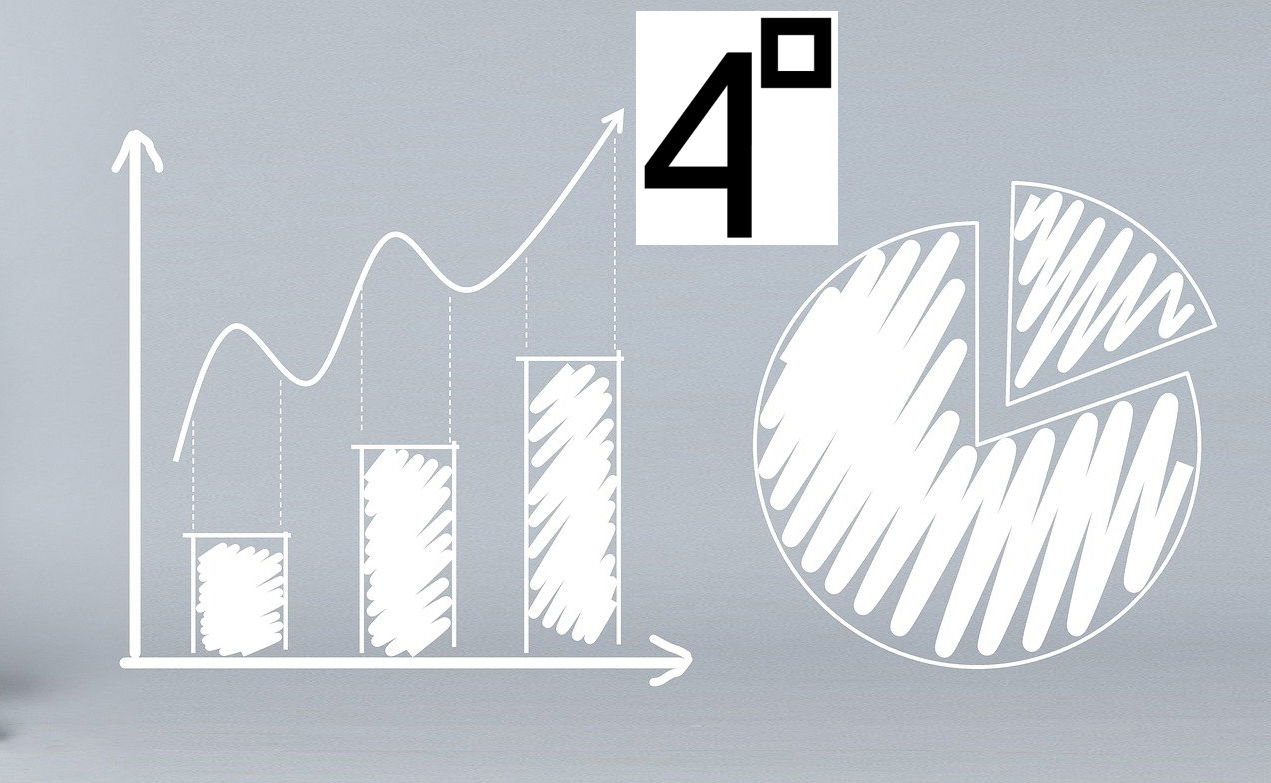Kann die US-Wirtschaft – und die Märkte – Trumps Zölle überleben? im heutigen Insights von Stephen Dover vom Franklin Templeton Institute sprechen wir über die wirtschaftlichen Auswirkungen vom Handelskrieg.
US-Präsident Donald Trump hat zusätzliche Zölle in Höhe von 25 % auf alle Importe aus Mexiko und Kanada und zusätzliche Zölle in Höhe von 10 % auf Importe aus China eingeführt der zumindest angedeutet. Was steckt genau dahinter?
Um diese Zölle geht es beim Handelskrieg
Für Energieressourcen aus Kanada gelten Zölle in Höhe des niedrigeren Satzes von 10 %. Mexiko hat bereits eine vorübergehende Aussetzung der Umsetzung ausgehandelt, und die Gespräche mit Kanada und China werden fortgesetzt.
Hier sind einige Auswirkungen dieser Maßnahmen für die USA:
- Vergeltungsmaßnahmen: Mexiko, Kanada und China haben Vergeltungsmaßnahmen angekündigt und damit die Voraussetzungen für einen schnell eskalierenden Handelskrieg geschaffen.
- Wirtschaftliche Volatilität: Obwohl Dienstleistungen über 80 % der amerikanischen Wirtschaft ausmachen, zielen diese Zölle auf Industriegüter ab, was sich erheblich auf die wirtschaftliche Volatilität auswirkt.
- Höhere Preise und geringere Margen: Fast die Hälfte der US-Importe sind Vorleistungen für US-Unternehmen, was bedeutet, dass diese Zölle die Unternehmen ungleichmäßig treffen und einige dazu zwingen werden, die Preise zu erhöhen, geringere Margen zu akzeptieren oder beides. Langfristig wird dies Auswirkungen auf die Lieferketten haben.
- Anhaltende Unsicherheit: Die langfristige Natur dieser Zölle bleibt ungewiss. Sie könnten eine Verhandlungstaktik von Präsident Trump oder der Beginn eines langwierigen Handelskrieges sein, der ein geringeres Wachstum des Bruttoinlandsprodukts, eine höhere Inflation in den USA, einen stärkeren Dollar und höhere Zinssätze in den USA riskiert. Die Unsicherheit erschwert Investitionsentscheidungen für Unternehmen.
- Gemischte Auswirkungen auf die Gewinne: Für Unternehmen, die weniger ausländische Konkurrenz und begrenzte importierte Rohstoffe haben, können Zölle die Gewinne steigern. Unternehmen, die jedoch von neu verzollten Importen oder stark von importierten Rohstoffen abhängig sind, werden einem erheblichen Margendruck ausgesetzt sein.
- Märkte und Unternehmen mögen keine Unsicherheit: Obwohl seit der Amtseinführung mehrere marktfreundliche politische Positionen vertreten wurden, könnte die Unsicherheit der Zollpolitik diese positiven Aspekte zunichte machen.
- Engagement für die Steigerung der US-Inlandsproduktion: Präsident Trumps entschlossenes Vorgehen gegenüber Kanada und Mexiko, trotz eines neuen Freihandelsabkommens mit beiden Ländern während seiner ersten Amtszeit, unterstreicht die Ernsthaftigkeit seines Engagements für die Einführung von 60 %-Zöllen auf chinesische Importe und eines 10 %-20 %-Universalzolls auf alle in die Vereinigten Staaten importierten Produkte. Diese Zölle zielen darauf ab, die inländische Produktion von Waren in den Vereinigten Staaten anzukurbeln.
- Der Markt wird sich erweitern: Diese Situation bestärkt uns in der Erwartung, dass die Aktienmarktperformance sich ausweiten und ein breiteres Spektrum von Unternehmen erreichen wird. Small-Cap-Unternehmen, die nicht von Importen oder Exporten abhängig sind, könnten sich besser entwickeln als Large-Cap-Aktien mit internationalen Aktivitäten. Dies erhöht die Dringlichkeit, dass künstliche Intelligenz in den Vereinigten Staaten reale Produktivitätssteigerungen nachweist.
- „Diesmal ist es anders“: In den meisten Diskussionen über Handelskriege werden historische Parallelen zur Smoot-Hawley-Zollgesetzgebung und zur Verschärfung der Weltwirtschaftskrise gezogen. Im Gegensatz zu den 1930er Jahren könnten die heutigen Bemühungen, eine stabile Geldmenge, niedrige Steuern und weniger Unternehmensvorschriften aufrechtzuerhalten, die negativen Auswirkungen von Zöllen abmildern.
- Wachsamkeit der Federal Reserve (Fed): Die Reaktion der Fed auf diese Zölle ist von entscheidender Bedeutung. Wir würden erwarten, dass die Fed dieses Problem energisch angeht und sich weiterhin auf einen datengestützten Ansatz stützt.
Version der Liste auf Englisch
Can the US economy—and the markets—survive Trump’s tariffs? Insights from Franklin Templeton Institute’s Stephen Dover.
US President Donald Trump has implemented 25% additional tariffs on all imports from Mexico and Canada and 10% additional tariffs on imports from China. Energy resources from Canada will see tariffs at the lower 10% rate. Mexico has already negotiated a temporary pause in implementation and talks are continuing with Canada and China. Here are some implications of these actions for the United States:
Vigilance from the Federal Reserve (Fed): The Fed’s response to these tariffs is critical. We would expect the Fed to approach this issue aggressively and continue to rely on a data-driven approach.
Retaliatory measures: Mexico, Canada and China have all declared retaliatory measures, setting the stage for a rapidly escalating trade war.
Economic volatility: Despite services comprising over 80% of the American economy, these tariffs target manufactured goods, significantly impacting economic volatility.
Higher prices and lower margins: Nearly half of US imports are inputs for US companies, meaning these tariffs will unevenly affect businesses, forcing some to raise prices, accept reduced margins, or both. In the long run, it will affect supply chains.
Prolonged uncertainty: The long-term nature of these tariffs remains uncertain. They could be a negotiation tactic by President Trump or the onset of a protracted trade war, risking lower gross domestic product growth, higher US inflation, a stronger dollar and higher US interest rates. The uncertainty complicates capital investment decisions for companies.
Mixed impact on earnings: For companies experiencing reduced foreign competition and limited imported raw materials, tariffs may bolster earnings. However, companies that are dependent on newly tariffed imports or heavily dependent on imported raw materials will face significant margin pressure.
Markets and companies do not like uncertainty: While there have been several market-positive policy positions taken since inauguration; the uncertainty of tariff policy may offset those positives.
Commitment to increasing US domestic production: President Trump’s decisive actions on Canada and Mexico, despite a new free-trade agreement with both countries during his first term, underscore the seriousness of his commitment to imposing 60% tariffs on Chinese imports and a 10%-20% universal tariff on all products imported into the United States. These tariffs aim to spur domestic production of goods in the United States.
The market to broaden: This situation reinforces our expectation that stock market performance will broaden and reach a wider array of companies. Small-cap companies not reliant on imports or exports may outperform large-cap stocks with international operations. This increases the urgency for artificial intelligence to demonstrate real-world productivity gains in the United States.
“This time is different:” Historical parallels to the Smoot-Hawley tariff legislation and the worsening of The Great Depression arise in most trade-war discussions. Unlike the 1930s, today’s attempt to maintain a stable money supply, low taxes, and reduced business regulations may mitigate negative tariff impacts.



